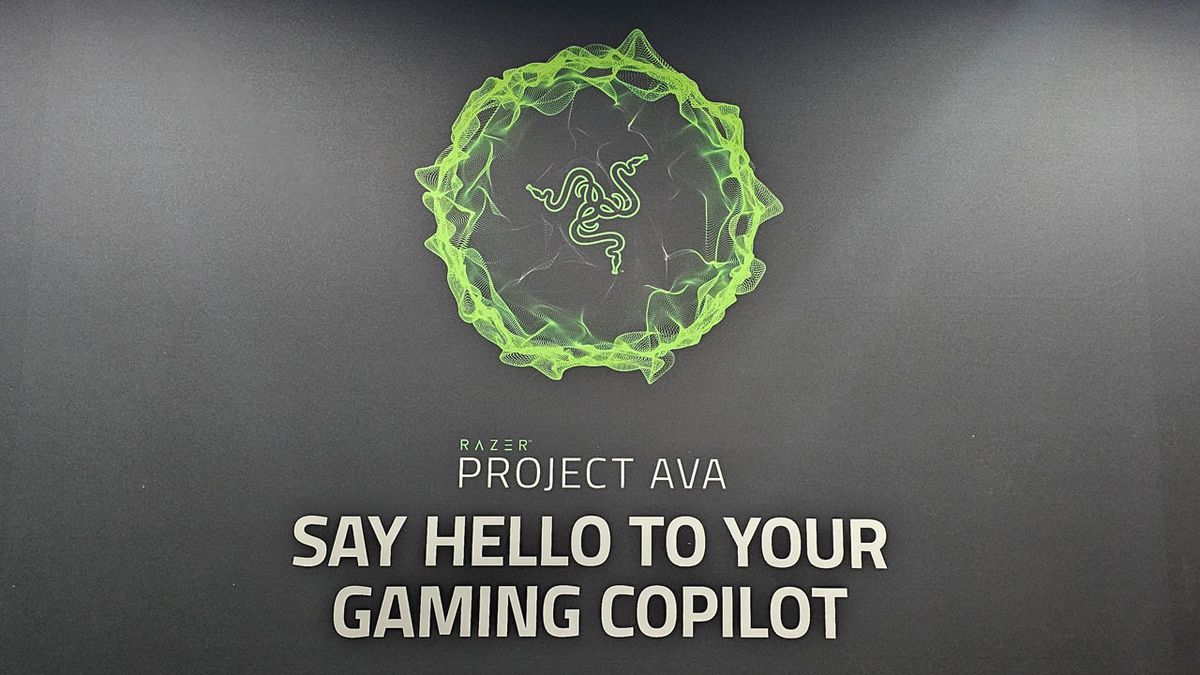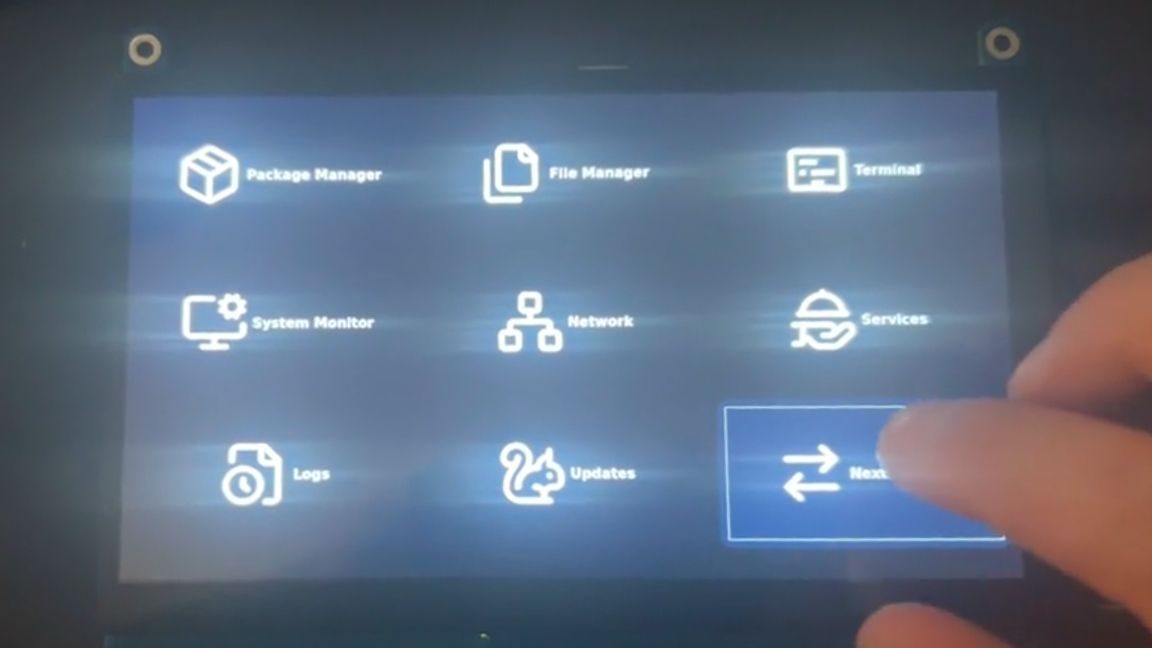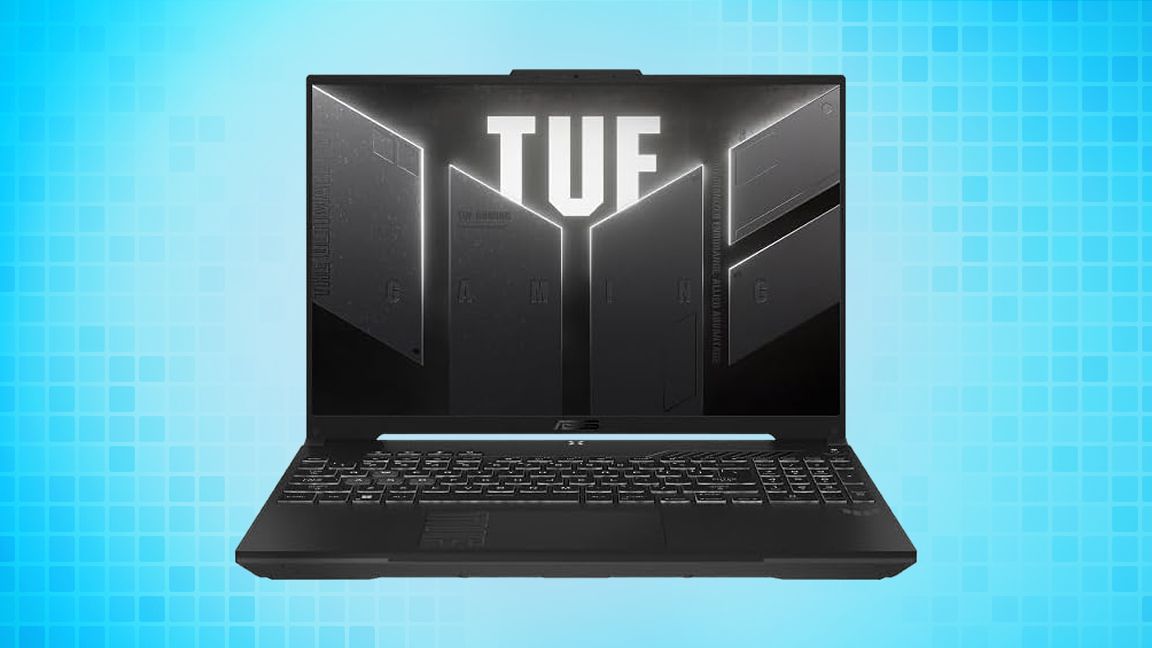Razer sought to show it can still impress with "groundbreaking innovations and futuristic technologies," at CES this year. Thus, besides its predictably refined and upgraded Razer Blade 16 laptop, it also shared two interesting gamer-focused projects it is working on. These were the Razer Project Ava AI gaming co-pilot and the Project Arialle heating and cooling chair. We experienced both these concept technologies first-hand at the Las Vegas show.

Project Ava
In Razer's words, Project Ava promises to be "the ultimate AI gaming copilot." It leverages AI in two main areas, eSports coaching and hardware tuning. Razer has subsequently eked four functions from its AI training, and these are:
- Real-time eSports coaching is driven by data from Team Razer’s top coaches and players
- The AI game guide, which draws on AI advice to help the player tackle the toughest puzzles, bosses, and quests
- Single-click PC setup optimization, claimed to help boost frames, shorten load times, and maximize graphics performance/quality
- A UI that makes it quick and intuitive to summon Ava whenever they need it. Razer has also enabled Ava to provide help via either a chatbox or spoken responses.
Razer calls its AI-powered assistant “your gaming co-pilot,” and the one thing I felt throughout this demo was that, even in this early iteration, Ava feels much more like a co-pilot than anything Microsoft has attempted with Copilot+. In a live demo of a MOBA game with the server powering Ava in the same room, Ava regularly gave the player pointers and advice about how to handle the battle, what powerups to use when, and more.
Some will of course consider this an unfair advantage at the very least, but Razer says its virtual coach doesn’t break the rules of tournament play. It did feel very much like there was just an expert eSports player giving play-by-play advice. Ava also responded well to a few voiced questions from the player during the demo, though it took a few seconds and I could very distinctly hear the fans in the server spin up dramatically as it processed the speech and formulated an answer. This served as another reminder of just how power-hungry LLMs tend to be.
I was shown a brief recorded video demo of Black Myth Wukong, where Ava provided tips during a boss battle. Some felt similar to the advice given in the previous MOBA game, but others, like pointing out the specific mechanics of a creature's attack, felt like the kind of thing you’re kind of supposed to figure out on your own as a substantial part of experiencing the game.
There’s also the whole question of where Razer is getting its Ava training data. A company rep told me that for now, it’s coming from online walkthroughs, gameplay from eSports players, and similar sources. The rep did express some concern about finding a way to at least credit the source of the data, a similar concern for many around services like Chat GPT and Google’s Gemini. But he said they also hope to be able to work with game developers to get a lot of game-specific information directly before a game is even published.
In a best-case scenario, that means the amount of data Ava would need to ingest, digest, and regurgitate would grow exponentially and become truly massive as support for new and old titles gets added. On the one hand, if it works as well as Razer’s demo makes it seem like it could, it would make playing tough titles quite a bit easier and, to many at least, more fun. But at the same time, given the fact that we’re already considering resurrecting nuclear power plants to meet the growing demands of AI, I have mixed feelings about the amount of power, water, and infrastructure it would take to build and maintain an AI to help us play hundreds or thousands of games.
Project Arialle
Razer claims that Project Arialle is the world’s first Razer mesh gaming chair to feature integrated heating and cooling. The firm says the award-winning Razer Fujin Pro mesh gaming chair provides the foundations for the Arialle concept. Key features sprinkled atop that starting point include a bladeless fan system to aid both the heating and cooling functions and easily accessible touch controls.
In the 10 minutes or so that I had to try out Razer’s bladeless heating and cooling chair, I was mostly impressed. The chair itself was comfortable, and the cooling feature could be felt across most of my back, an improvement over the Elemax X-Chair accessory I tested a few years ago. I didn’t really get a sense of how intuitive the controls are, but it didn’t seem overly complicated.

The heating aspect of the chair felt a little more subtle. It’s not going to replace a space heater blasting at you on a chilly morning. But as I felt the chair’s heat ramp up and radiate around my upper body, it was a pleasant feeling even though I was already a bit warm from rushing to meetings all day. The idea of having this kind of warmth around me while gaming or working on a sub-zero day is certainly appealing. And importantly, the frame of the chair got warm to the touch, but never uncomfortably so.
The real downside of this concept is the fact that it requires the chair to be plugged into a power outlet. A Razer representative told me that they have heard lots of feedback that including a battery for untethered use would be more appealing, and they told me that’s something they are considering. But I’m skeptical that, particularly the heating aspect of the chair can be powered by a battery. Anyone who’s ever tripped a circuit or blown a fuse while running an electric heater and basically anything else in their home knows that electrically generated heat is a power hog. Then again, incorporating a removable rechargeable battery could at least let you keep cool while unplugged for hours at a time in the warmer months.

 1 week ago
10
1 week ago
10






:quality(85):upscale()/2025/01/17/975/n/1922153/a7379294678ad8a3a71990.16401318_.jpg)


 English (US) ·
English (US) ·